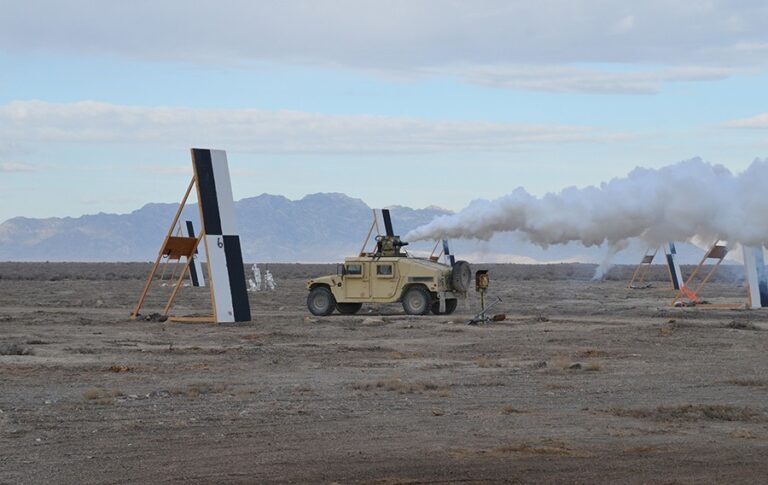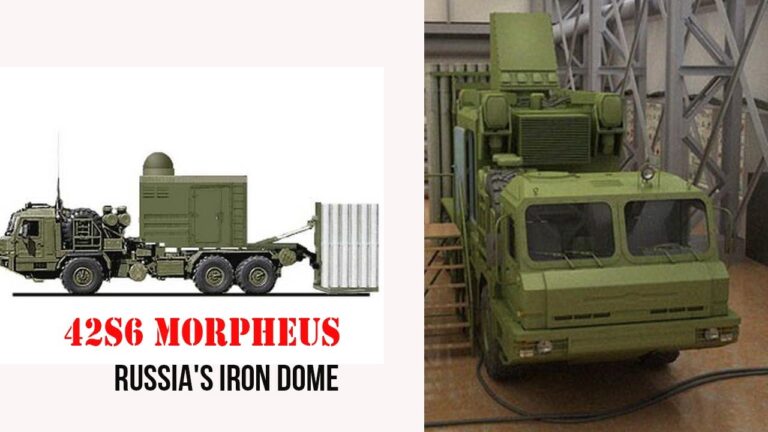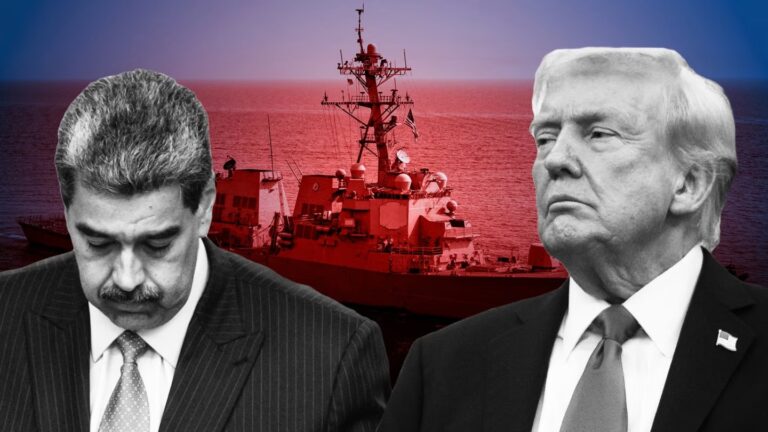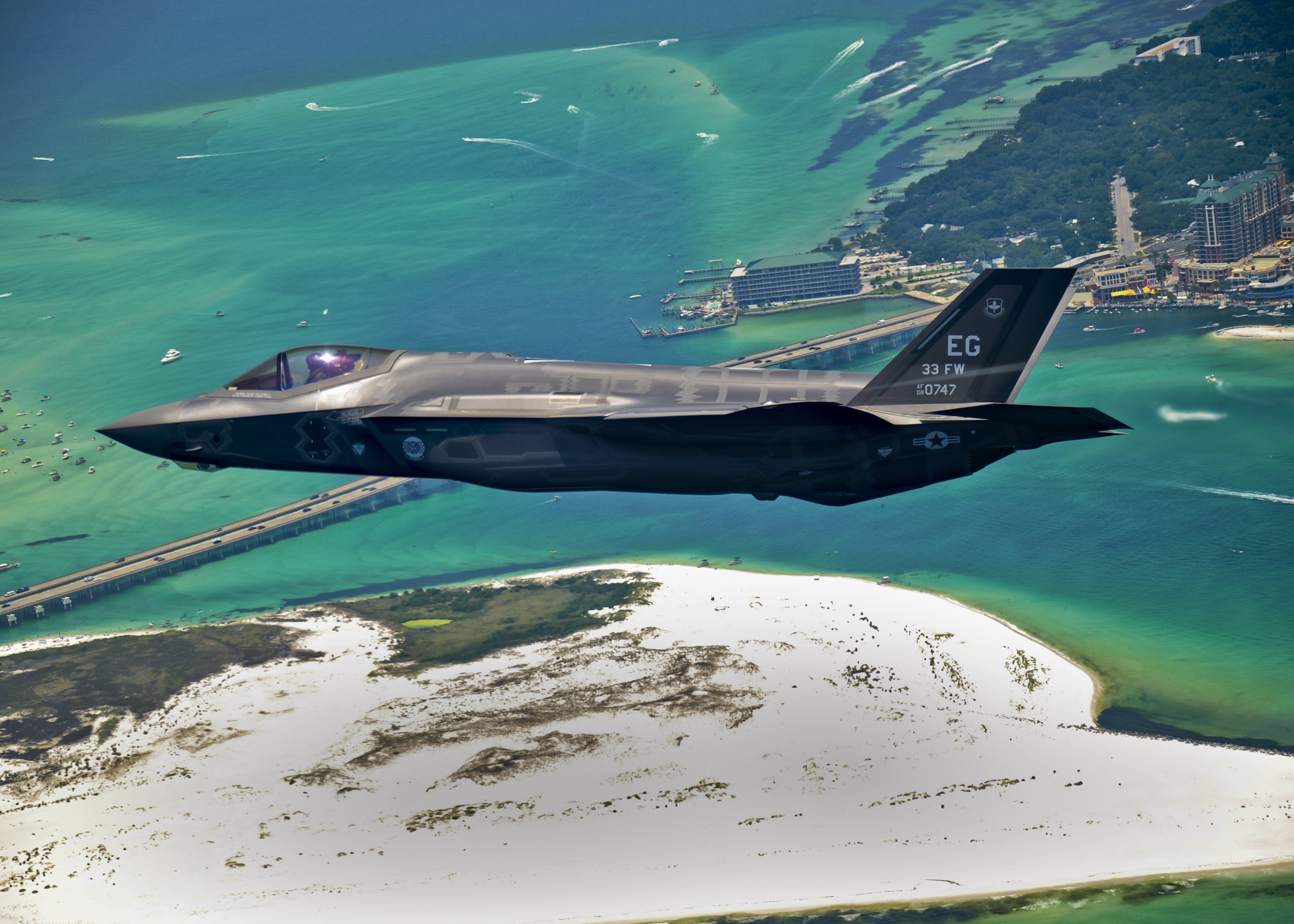
The United States has presented India with a revolutionary proposal: the advanced F-35 Lightning II stealth fighter. This development, announced during a joint press conference with U.S. President Donald Trump and Indian Prime Minister Narendra Modi, marks a significant step in Indo-U.S. defence relations. Finalising the deal could significantly alter the strategic landscape in the Indo-Pacific region.
A Historic Shift in Defence Cooperation
During the press conference, President Trump stated, “Starting this year, we will increase military sales to India by billions of dollars. We are also paving the way for the eventual supply of F-35 stealth fighters.” This move aligns with Washington’s broader strategy to deepen defence relations with New Delhi while countering China’s growing influence in Asia.
India’s designation as a Major Defence Partner by the U.S. has already led to increased technology transfers. Offering the F-35—a fifth-generation fighter equipped with stealth capabilities, advanced sensors, and electronic warfare systems—underscores America’s strategic commitment to India.
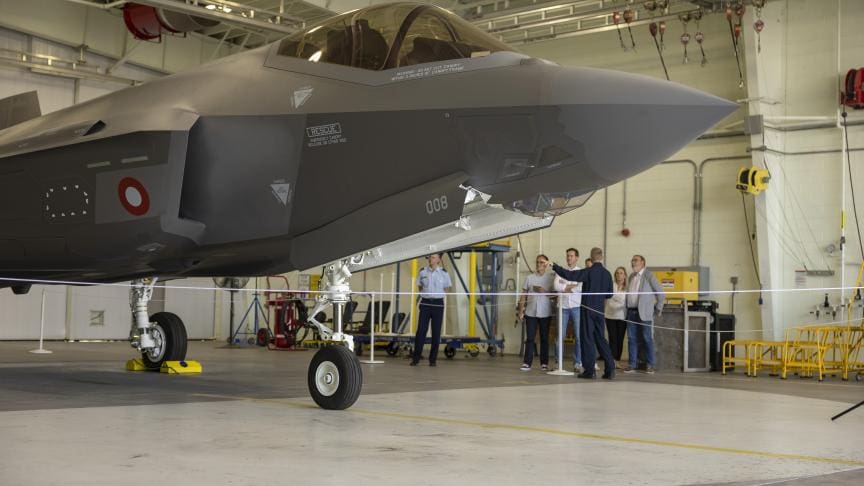
The U.S. F-35’s Potential Impact on India’s Air Force
The Indian Air Force (IAF) operates a diverse fleet, including Russian Su-30MKIs, French Rafales, and domestically built Tejas jets. Acquiring the F-35 would provide a significant technological leap, enhancing India’s air superiority, surveillance, and electronic warfare capabilities.
However, integrating these advanced jets presents logistical challenges. Primarily designed for Russian aircraft, India’s infrastructure may require significant upgrades in maintenance facilities, pilot training, and operational doctrines.
Financial Considerations: Is the Deal Feasible?
The F-35 is among the most expensive fighter jets in the world, with unit costs ranging from $80 million to over $100 million, depending on the variant and specifications. Maintenance, spare parts, and training expenses add to the long-term financial burden. India, facing competing defence priorities, like naval modernisation and indigenous aircraft development, must weigh the benefits of acquiring F-35s against its overall defence budget.
Geopolitical Implications: Navigating a Delicate Balance
India’s strategic autonomy policy could face new tests with this potential purchase. Historically, New Delhi has maintained balanced ties with Moscow and Washington. However, opting for the F-35 might strain its defence partnership with Russia, which has long been India’s primary weapon supplier.
Moscow’s supply of the S-400 air defence system already drew U.S. scrutiny, raising the spectre of CAATSA sanctions. An F-35 acquisition would likely require India to reassess its Russian procurement strategy, including potential interest in the Su-57 fifth-generation fighter.
China and Pakistan: U.S. and Regional Reactions
China, which is actively modernising its air force with J-20 stealth fighters, is likely to perceive India’s potential acquisition of the F-35 as a direct challenge. Pakistan, which relies on U.S.-made F-16s and Chinese JF-17s, may seek to counterbalance by acquiring more advanced fighters, possibly the Chinese J-31.
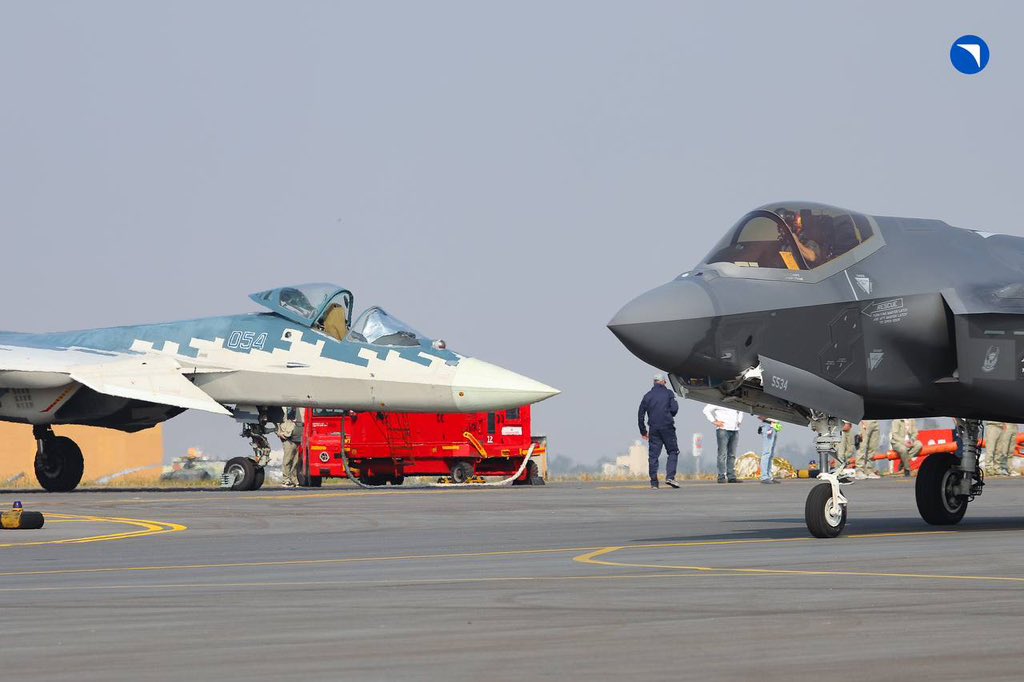
The Indo-Pacific and U.S. Strategy: Strengthening Regional Alliances
This potential deal is more than a bilateral transaction; it reflects Washington’s broader Indo-Pacific strategy. The U.S. aims to empower regional partners like India, Japan, and Australia—key members of the Quad—to maintain regional stability and counter Beijing’s assertiveness.
Conclusion: A Strategic Crossroads
India stands at a critical juncture. Accepting the F-35 offer could enhance its military capabilities and strengthen its U.S. partnership. However, the move would demand substantial financial resources, infrastructure changes, and geopolitical recalibrations. As New Delhi deliberates, the world watches closely, recognising its profound implications for Asia’s security dynamics.
References
- DefenseNewsToday.info
- India Defence Forum (Facebook group)
- Jane’s Defence Weekly



